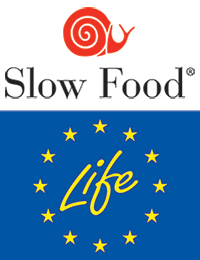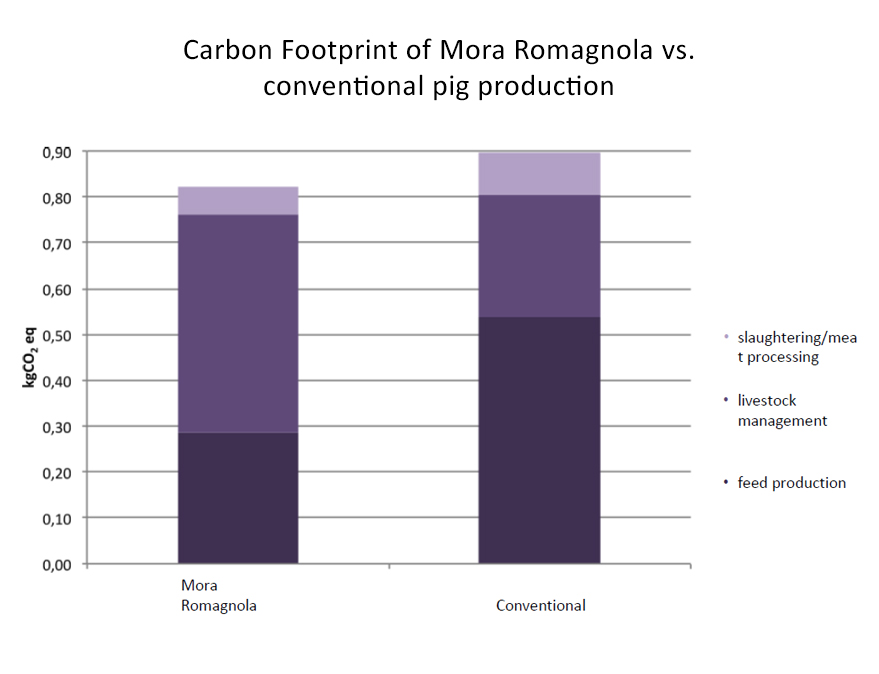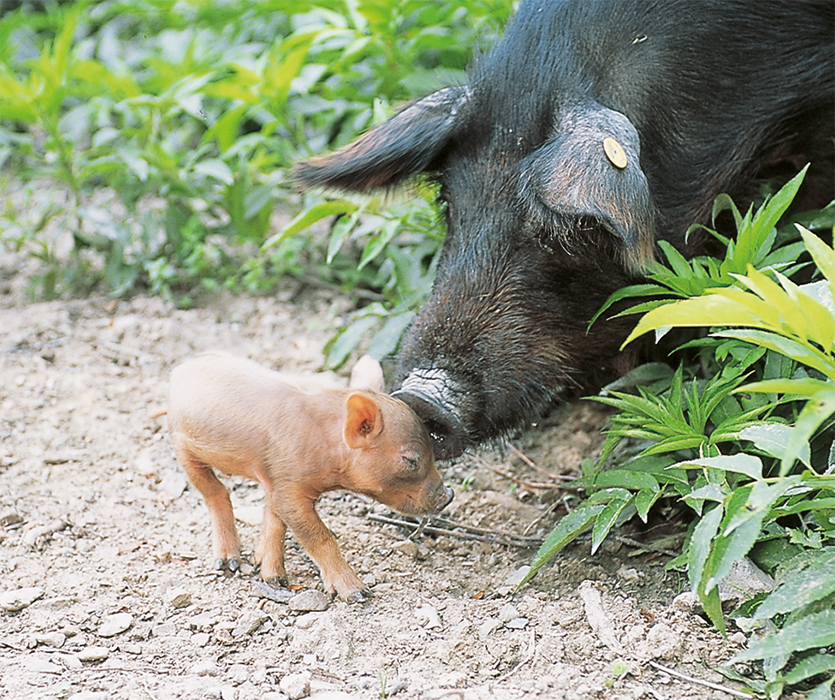What is the solution?
Replacing standard industrial farming used to produce ham with the practice of raising indigenous pig breeds using low-impact methods.
This solution improves our resource security in the food category.
How does it #MoveTheDate?
Energy efficient, circular, organic farming promotes biodiversity and is less carbon-intensive than industrial farming.
How is it scalable?
The majority of global pig meat is produced at scale, most often using the Large White breed, using carbon-intensive production methods. There is therefore a large potential to transition production to more sustainable methods and invest in local breeds.
What is the solution?
Replacing standard industrial farming used to produce ham with the practice of raising indigenous pig breeds using low-impact methods.
This solution improves our resource security in the food category.
How does it #MoveTheDate?
Energy efficient, circular, organic farming promotes biodiversity and is less carbon-intensive than industrial farming.
How is it scalable?
The majority of global pig meat is produced at scale, most often using the Large White breed, using carbon-intensive production methods. There is therefore a large potential to transition production to more sustainable methods and invest in local breeds.
 The Mora Romagnola is a pig breed indigenous to northern Italy that is in danger of disappearing. With the spread of industrial farming, the breed was completely abandoned because it grows much more slowly than the ubiquitous Large White and, paradoxically, because of the higher percentage of fat that characterizes its meat compared to other ‘lean’ pig breeds. In 1949, there were about 22,000 animals. This number was drastically reduced to less than 15 a few years ago, until a Faenza breeder, Mario Lazzari, miraculously preserved them.
The Mora Romagnola is a pig breed indigenous to northern Italy that is in danger of disappearing. With the spread of industrial farming, the breed was completely abandoned because it grows much more slowly than the ubiquitous Large White and, paradoxically, because of the higher percentage of fat that characterizes its meat compared to other ‘lean’ pig breeds. In 1949, there were about 22,000 animals. This number was drastically reduced to less than 15 a few years ago, until a Faenza breeder, Mario Lazzari, miraculously preserved them.
In an attempt to save the breed, the Slow Food Presidium project started gathering together an association of farmers and producers who make cured meats only from pigs raised on their own farms. The products bring together excellent quality and a guaranteed production chain, with particular attention paid to animal well-being during the phase of farming that takes place outdoors.
Starting in 2013, Italy-based INDACO2 began its collaboration with the Slow Food Presidium project to assess the environmental impact of the Presidum’s products. Using a Life Cycle Assessment (LCA) methodology, INDACO2 assessed the impact of Presidium pig producer the Zavioli farm, located in Morciano di Romagna, Emilia-Romagna, Italy. The farm is unique in that it:
- Feeds its animals discarded bread from school canteens in addition to organic cereals and legumes which are produced on the farm, without the use of chemicals for cereal production,
- Uses manure from its barns as fertilizer,
- Promotes biodiversity conservation by rearing a slow-growing breed, and
- Ages its ham in an energy-efficient cellar.
Matteo Zavoli’s nearly 80 Mora Romagnola pigs were monitored for the LCA. According to the data provided to us, the results of the assessment concluded that the Carbon Footprint of 1 kg of matured Mora Romagnola cured ham produced by the Zavioli farm is approximately 8% lower than that of industrially produced ham. Choosing to buy a native breed ham, compared with generic ham, avoids emissions equivalent to that of a car traveling 20 km.
 More details about the assessment are available in the Analysis of the Life Cycle and Carbon Footprint of Slow Food Presidium Products report.
More details about the assessment are available in the Analysis of the Life Cycle and Carbon Footprint of Slow Food Presidium Products report.
*The responsibility for correctness of data used to calculate this result lies with INDACO2. Only the carbon Footprint component of the Ecological Footprint was considered in this calculation. Results may differ if recalculated with data for all Footprint components. The feasibility of substituting all global consumption of this product with the alternative product outlined on this page was not investigated as part of this study; additional research is needed to fully understand the extent to which each alternative product can be replicated and scaled up.
Funded by the European Union. Views and opinions expressed are, however, those of the author(s) only and do not necessarily reflect those of the European Union or CINEA. Neither the European Union nor CINEA can be held responsible for them.
There’s no benefit in waiting!
Acting now puts you at a strategic advantage in a world increasingly defined by ecological overshoot. Countless solutions exist that #MoveTheDate. They’re creative, economically viable, and ready to deploy at scale. With them, we can make ourselves more resilient and #MoveTheDate of Earth Overshoot Day. If we move the date 6 days each year, humanity can be out of overshoot before 2050.

